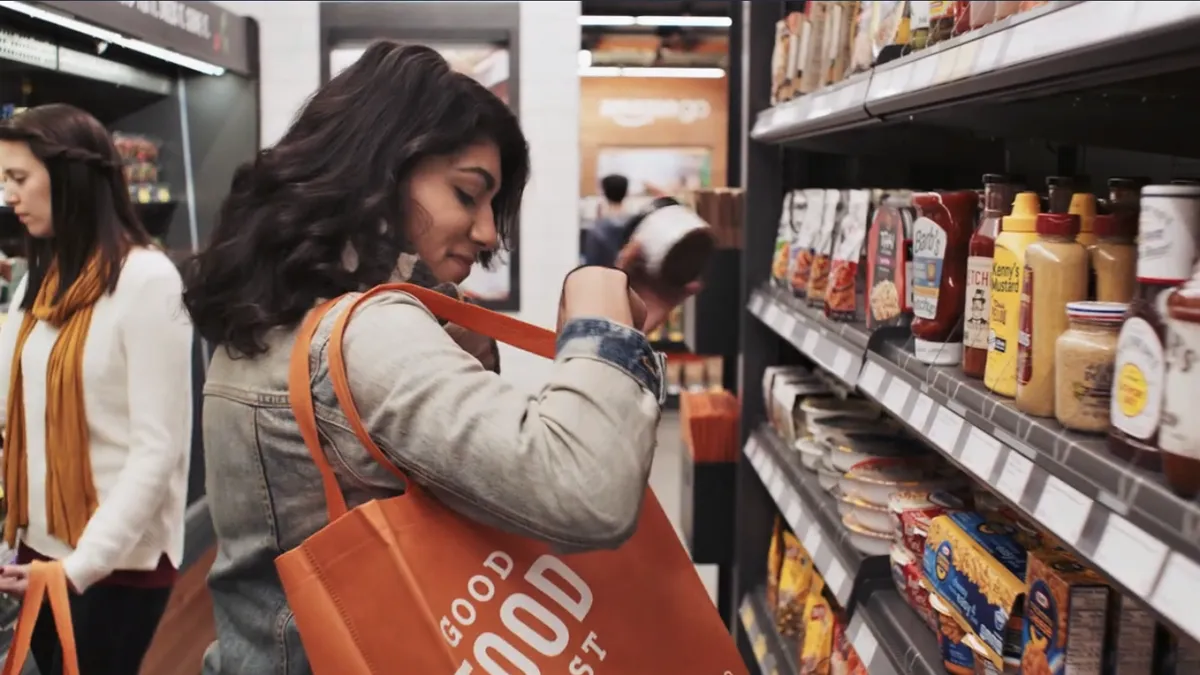Curtis Tingle is chief marketing officer at Valassis, a media and marketing agency. He is a recognized expert on promotional strategy, data intelligence, coupon trends and the ever-changing consumer path to purchase.
It’s no secret: Today’s grocery consumers are increasingly motivated by convenience, adding to the rise and value of services like Shipt and Instacart. Major retailers like Walmart are also jumping on this trend, offering at-home delivery of groceries in an attempt to maintain market share with the growth of surging competitors like AmazonFresh. However, according to recent data, consumers are not only seeking convenience — they also want a good deal.
In a survey conducted with 6,200 value-seeking consumers, 93% said they were interested in finding coupons, coupon codes and deals for groceries. Grocery consumers are also more likely to go to the store rather than shop online, as they can use more coupons and offers there, compared to an online setting. In fact, only 13% of shoppers are buying more grocery items online and having them delivered to their homes compared to last year. On the other hand, 57% of consumers said that they are more likely to go into a physical store to shop over using online channels – perhaps due both to the selection of groceries available and the ability to get a product immediately.
Whether shopping in-store or online, it’s clear that consumers have more options than ever before when it comes to making their grocery purchases. As such, in order to maintain customer loyalty, grocery retailers need to create more personalized experiences that encourage consumers to feel valued. Below are a few tips to help brands obtain long-term customers.
1. Reward consumer loyalty
As grocery shoppers are activated in-part by coupons, it’s important for stores to reward their loyalty with relevant deals and discounts. In fact, 83% of respondents said they are more likely to shop at a grocer that provides offers and discounts to them. Grocery retailers need to reference the purchasing history and buying behaviors of their customers to ensure their offers are based on what customers are most likely to buy.
For example, if a grocer notes that a consumer buys an abundance of pre-packaged foods, perhaps offering them a coupon for a meal kit would be beneficial. After all, 82% of consumers said they are more likely to try a meal kit from a grocer if a coupon was offered.
2. Make consumers feel valued
As consumers are increasingly fickle these days and brand loyalty is harder than ever to maintain, it’s essential to make them feel valued. That involves providing a mix of deals, convenience and a great shopping experience. Consumers know that they have the choice and ability to shop at another grocer at any time, so stores need to give them a compelling reason to remain loyal.
Of the respondents, 67% said it was important for them to feel valued. Whether it’s having courteous staff, walking groceries to a consumers’ car, offering online ordering for in-store pickup, or even enhancing the in-store experience via cashierless shopping, making consumers feel valued can bolster loyalty.
3. Safeguard personal information
Consumers are increasingly conscious of protecting their privacy and want grocers to vigilantly safeguard their shopper data. Grocers tend to offload consumers’ personal information onto other companies with the well-intentioned goal of enhancing their shopping experiences in-store — but unfortunately it doesn’t always come across this way in the eyes of consumers. In fact, 58% say they want grocers to protect that information and grocery retailers should pay attention.
It’s evident that there’s room for improvement as grocery retailers continue to build brand loyalty. However, regardless of the initiatives taken, offering ways for consumers to save on groceries can help activate consumers. By providing value to consumers – the right deals, offering convenient services that simplify shopping and creating consistent experiences that make shopping more enjoyable — grocers can win more trips from their customers and increase shopper loyalty.










